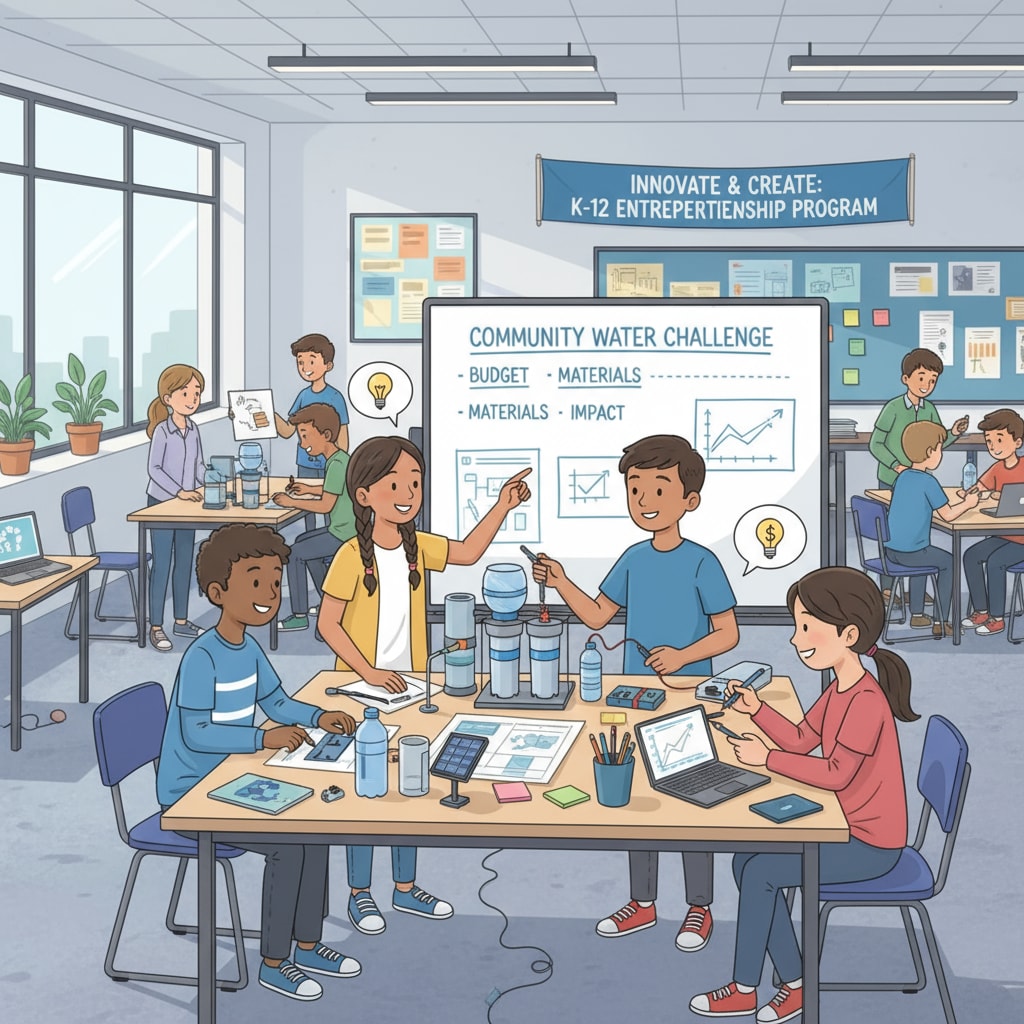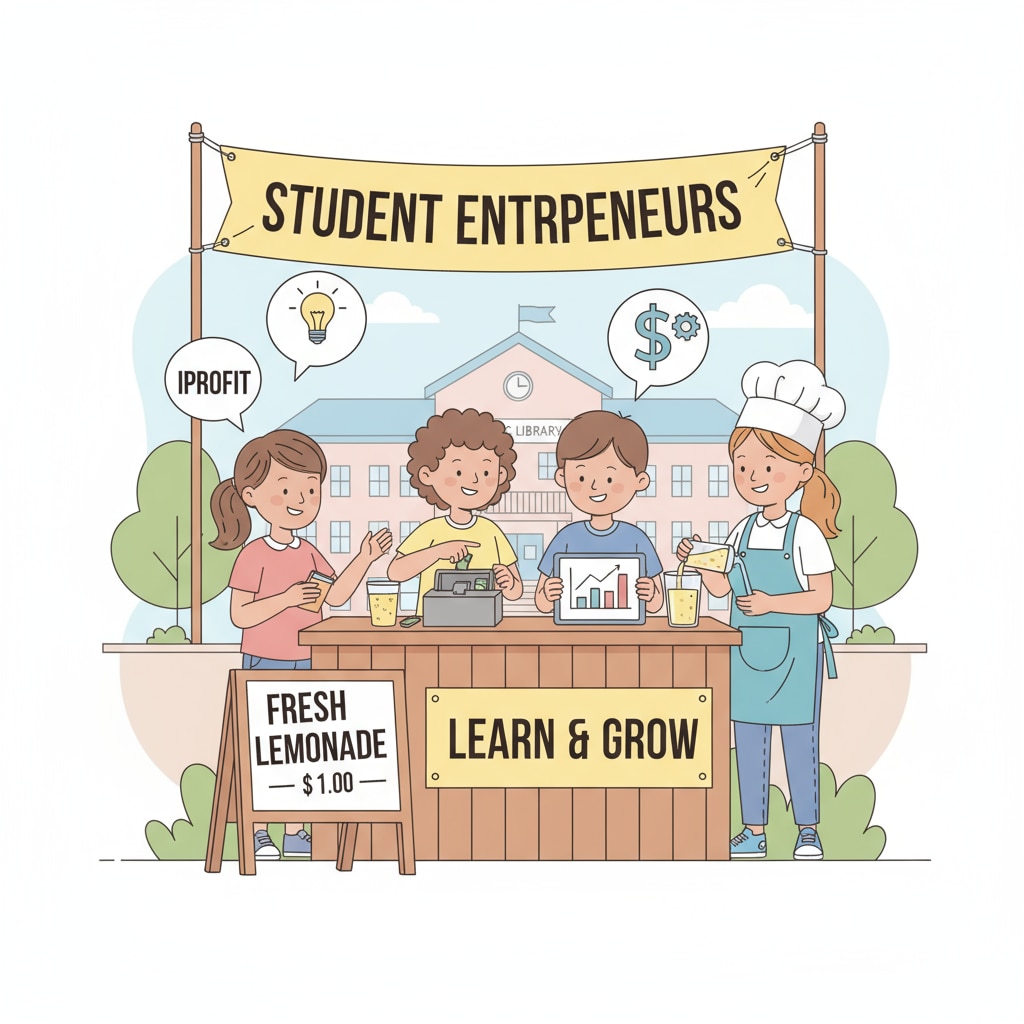Entrepreneurial education in K-12 curriculum through practical learning is revolutionizing the way students are prepared for the future. In today’s rapidly evolving world, it’s essential to instill an entrepreneurial mindset in students from an early age. This isn’t just about adding entrepreneurship courses; it’s about integrating entrepreneurial thinking into the entire educational fabric.

Fostering Problem-Solving Skills
One of the fundamental aspects of cultivating an entrepreneurial spirit in K-12 students is by promoting problem-solving skills. Entrepreneurs are essentially problem solvers. By presenting students with real-world problems, we encourage them to think creatively and develop solutions. For example, teachers can design projects where students need to address community issues like waste management or local economic development. According to Education World, this hands-on approach helps students understand the practical application of knowledge and develop critical thinking skills, which are vital for entrepreneurship.
The Power of Practical尝试
Practical attempts are the cornerstone of entrepreneurial learning. K-12 students should be given opportunities to experiment and try out their ideas. This could involve setting up small businesses within the school environment, such as a student-run café or a handicraft store. These experiences allow students to learn about marketing, finance, and customer service firsthand. As stated on Ashoka’s website, such practical initiatives empower students to take risks, learn from failures, and build confidence in their abilities.

Iterative learning is another key element in nurturing the entrepreneurial spirit. Students should be encouraged to refine and improve their ideas based on feedback. Teachers can create a supportive environment where students are not afraid of making mistakes but rather see them as opportunities for growth. This cycle of learning, trying, and improving mirrors the entrepreneurial process.
Readability guidance: By focusing on these aspects – problem-solving, practical attempts, and iterative learning – we can effectively cultivate the entrepreneurial spirit in K-12 students. This approach ensures that students are not only academically prepared but also equipped with the skills and mindset to thrive in an entrepreneurial world.


